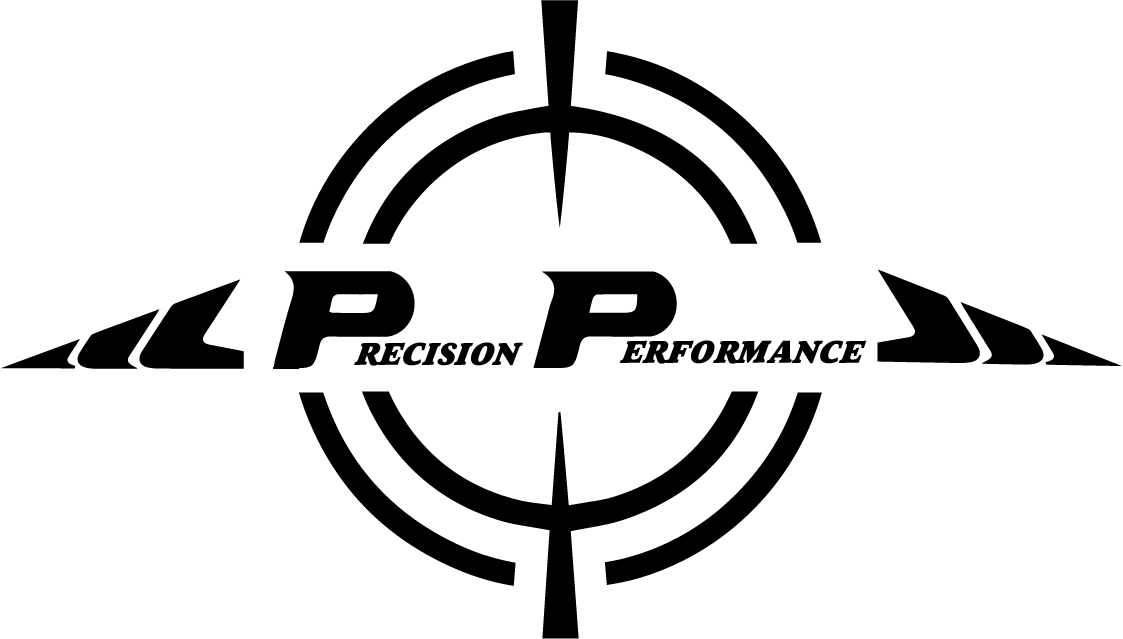When we look at starting training programs we can often be overwhelmed by all the things that we may need to include in the training program. When you look at all the information out there it’s easy, once again, to be overwhelmed by all the things that people say you need to include or perform when starting or continuing a training program. You have to work on flexibility, have to improve your nutrition, you have to address strengthening, make sure to include endurance exercise, and you have to incorporate stability and balance exercises. While I would argue that these are all important, working at all of these things can make it seem like exercise programs can be less than productive because you spend all your time chasing the different factors of human performance incorporated in a program.
Maybe you could do this when there was a time in your life when you were able to just spend more time in the gym or spend more time training and include everything you wanted. There may have been a time when you could perform a training session and not have to look at the clock to track how much time you have left. For most individuals training programs are only a part of your lifestyle and you have to take into consideration other factors of life.
One solution to combat this is to incorporate some of the various different factors of your training program into your warm up. Often individuals may have a set warm up and perform the same warm up each time they go to the gym or perform a training session. Elliptical and then stretch or run a few laps and then do some light lifts such as push-ups or sit-ups before you start doing more intense activities… Performing some kind of warm up is great, and those that do are in my experience the minority, but what if you were able to focus your warm up to address physical limitations or aspects of your training program?
Despite the athletic prowess, strength capabilities, or belief in one’s individual fitness level, when I assess individuals in my clinic, I rarely find someone with only a few limitations. Most individuals have a significant number of physical limitations or deficits that they often don’t even know they have. This is where some may argue that if they didn’t notice, then it may not really be a limitation, but that is an argument for another day. Because we have a tendency to have a variety of physical limitations and also have multiple aspects of a training program that would be beneficial to address in a warm up, one way to hit these different factors is to design multiple focused warm ups.
Some may be doing this already, but for those that aren’t, think about it this way… You have a focused training program that may try and address multiple facets of your performance goals during the main training part of your workout (ex. Biceps and back day or leg day). Wouldn’t it make sense to focus your warm ups to compliment physical limitations or performance goals? This gives you the opportunity to quickly hit on your needs in the warm up and free up time for the higher intensity aspects of training without having to add more time at the training facility.
Remember, the purpose of a warm up (when performing exercise or performance programs) is to prepare the body for higher intensity activity. A carefully planned warm up can be challenging, increase tissue temperature, and muscle activity in a relatively short time period. The other nice thing about a focused warm up is that it can be tailored to an individual and progressed in difficulty level as the individual improves with a specific activity. For example, if a single leg balance activity is performed as part of the warm up and this gets easy, then progressing to single leg balance with the eyes closed or adding movement to the single limb support can be done instead.
One thing to note, is this type of warm up program does take patience because you aren’t able to address these things on what it feels like is a constant and consistent basis, but it does allow you to address multiple areas of deficit to help improve different things rather than having to focus on one not addressing the others. Some things that are addressed in the focused warm up may progress faster than others, but this is where the ability to modify warm ups comes in.
The first thing that needs to happen to make sure you are performing a warm up for each training session. If you aren’t, then start. If you are, then then next step is to be assessed and determine what physical limitations you have and what training goals you are trying to achieve. Once these are addressed and are known, then a training program and warm up program can be set to address the limitations and training goals. Once you are able to work those activities into your warm up, you will help improve your ability to perform the exercises you are doing for the day and you will be able to see improvements or gains in the performance training aspect of your program.
The goal of a focused warm up is to address the needs and limitations of an individual and not only improve these deficits, but also prepare the body for the training of a high-level activity at the same time. Allow yourself to train efficiently and still maintain an appropriate schedule for your needs.
Chris Hansen, DPT, CSCS, TPI
